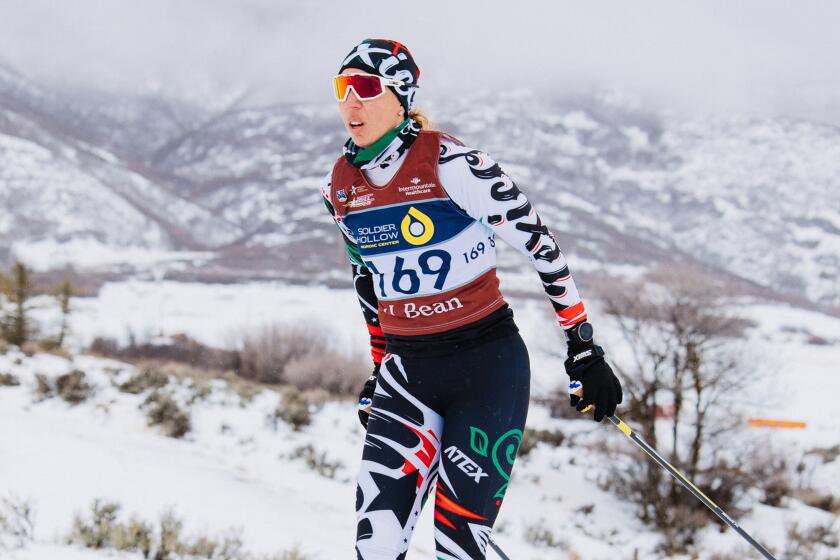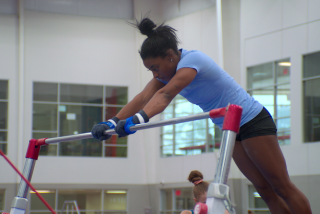
- Share via
BEIJING — In the Bavarian Alps a famed ski course plummets two miles down the side of a mountain through a treacherous section with a steep drop nicknamed Hell.
When Jackie Wiles neared the spot during the downhill on a dark afternoon four years ago, the veteran U.S. Alpine skier pushed harder.
She had reached the podium in the downhill two weeks earlier for the second time in her career and wasn’t about to let up in her final World Cup race, held in Garmisch-Partenkirchen, Germany, before flying to the Winter Olympics in South Korea.
Forty-seven seconds into the run, Wiles skidded outside the blue dye lines that mark the optimal path down the mountain. She recovered from the wide turn for an instant, but clipped a gate, then flipped onto her right side, her left leg bent at an unnatural angle and she pinwheeled down the mountain in a spray of snow powder before coming to a stop in front of safety netting.
At the finish line, Lindsey Vonn, the most decorated female skier in history who completed the run minutes earlier, gasped, grabbed her head, then covered her eyes.

Wiles tried to get up. She hopped awkwardly, then dropped to her hands and knees. She tried again, but hunched over in shock.
Medical teams rushed to her aid. A helicopter lifted Wiles off the mountain as she dangled below in a rescue sled.
“In the 17 years that I’ve been with the team,” said Gillian Bower, U.S. Ski and Snowboard’s director of high performance, “this is the worst knee injury I’ve seen.”
::
It takes a different kind of athlete to build their life around rocketing down a mountain at speeds that can top 90 mph with little more than a helmet, a skin-tight racing suit and stretches of safety netting for protection. The margin between a personal-best and disaster can be as narrow as the razor-sharp edges of skis tuned for an Olympic race. Vicious crashes and season-ending injuries are part of the bargain in a sport that’s as thrilling as it is unforgiving.
“You can understand the risk and you can see that it’s dangerous,” said Karin Harjo, U.S. Women’s World Cup speed team coach. “But you don’t really, truly understand it until you have something like this and then you have to overcome the mental side of understanding that you’re putting your life at risk every time you step in the start. One small mistake could be life-changing. … You’re literally having to fight your own self-preservation to do this.”
Winter Olympics sports often require gloves and goggles and helmets and bulky winter clothing, which makes packing for the trip a big challenge.
The 17 men and women on the U.S. Olympic Alpine team, including Wiles, brought their share of scars and war stories to the Beijing Olympics for the competition that starts this week at the Yanqing National Alpine Centre.
“I never thought about fear to the extent I do now,” the 29-year-old Wiles said. “I would maybe have moments where I’m going really fast and thinking, ‘Oh, this is a little intense.’ But I didn’t have the dark thoughts that creep into my mind now that, hey, this turn is kind of gnarly. Something could really go wrong here.”
A crash last year ripped apart Tommy Ford’s right knee, broke his tibial plateau and gave him a nasty concussion. Travis Ganong, Luke Winters and Bella Wright have sustained torn anterior cruciate ligaments.
Keely Cashman was knocked unconscious and hospitalized for eight days. Mo Lebel had a fractured leg. Paula Moltzan kept competing this season despite a broken wrist.
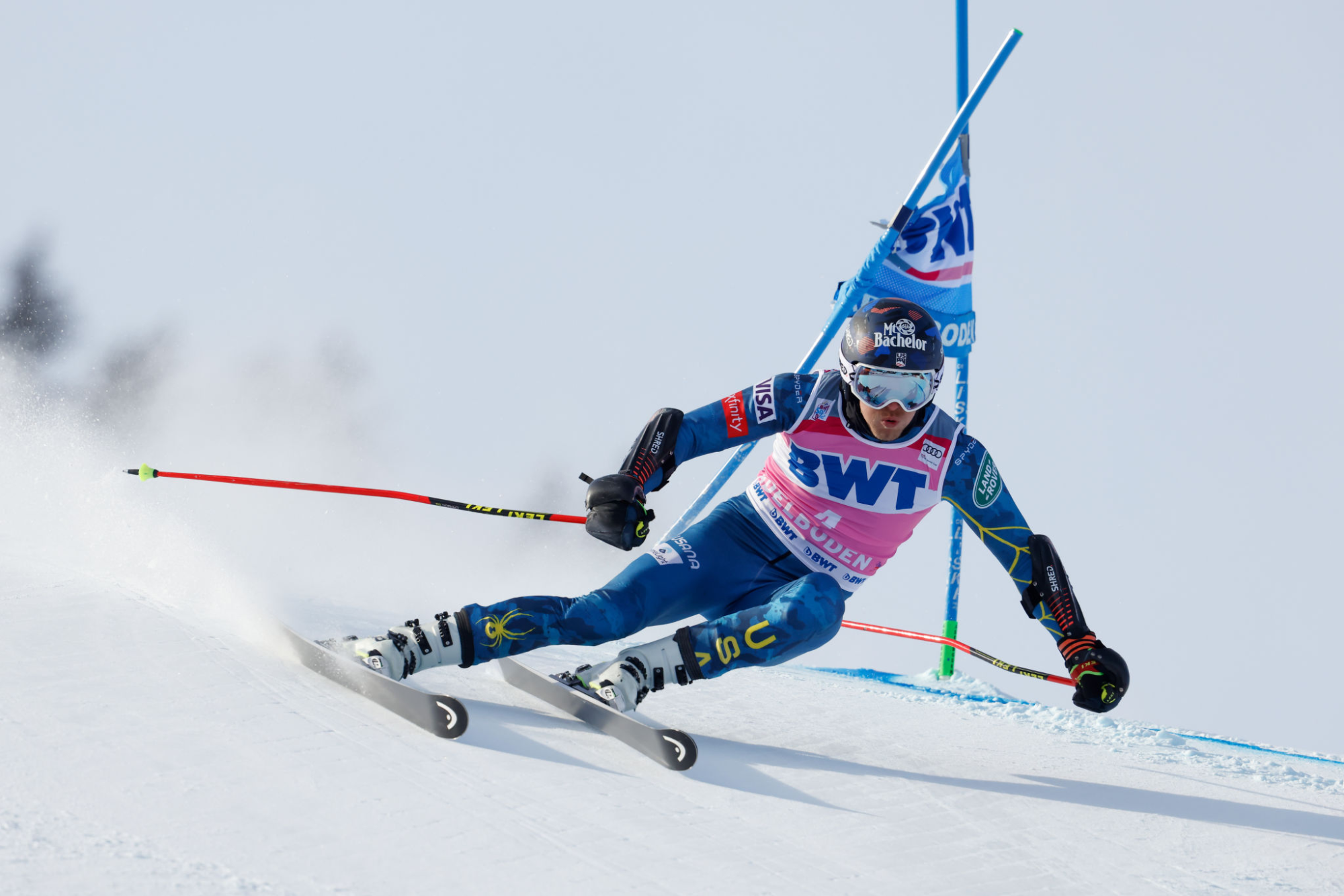
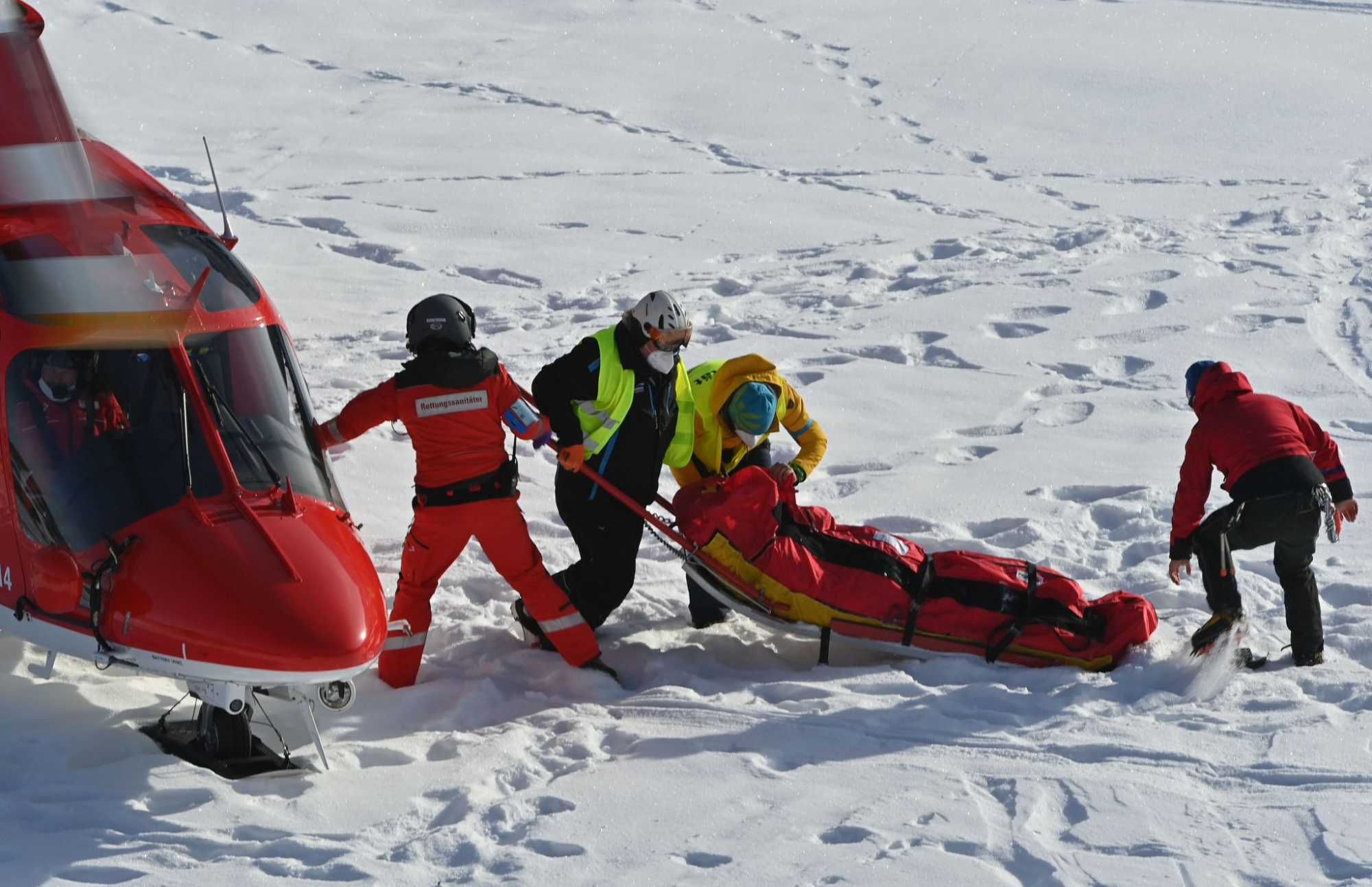
Ryan Cochran-Siegle, who suffered a torn ACL in the past, slammed into the netting last year and ended up with a fracture of the C7 vertebrae in his neck. He shrugged it off as a “minor bump,” the kind of tenacity that keeps skiers returning to compete at the highest level of a sport that can break their body as much as their heart.
::
When the helicopter whisked Wiles off the mountain, she had no idea of the journey that awaited. A major surgery. Eighteen months of rehabilitation. More surgeries and setbacks and scars that seemed without end.
The shattering awareness that she wouldn’t be going to the South Korea Olympics settled over her like the low clouds coating the Bavarian Alps. But she couldn’t imagine the extent of the destruction inside her left knee. More ligaments were torn than remained intact.
Even by the brutal standards of elite Alpine skiing, Wiles faced an unusual challenge.
Her leg was broken. Her anterior cruciate ligament and three other knee ligaments were torn. Same with her patellar tendon and lateral meniscus. There was damage to her peroneal nerve, which supplies feeling and movement to the lower leg, leaving her unable to move her toes.
The mountains that host Alpine skiing events at the 2022 Olympics receive very little snow each year, but U.S. skiers are embracing the challenge.
“It was bad,” Vonn said. “The surgeon said it was the worst he had ever seen in his career.”
During a lengthy surgery, doctors used part of Wiles’ quadriceps tendon to repair the ACL, part of her hamstring to fix the medial collateral ligament and part of a cadaver’s hamstring to address the lateral collateral ligament. They also inserted a plate and four screws for the fibula break.
When Wiles woke up after the surgery, she recalled, the pain seemed unbearable, like someone had sliced open her leg and set it on fire.
But the same tenacity that kept Wiles from bailing out of the ill-fated turn pushed her through month after tedious month of rehabilitation. She worked her quadriceps to keep as much muscle as possible.
She moved to regaining motion in the left leg, exercises to strengthen glutes and protect knees and strengthen hamstrings. To break up the mundane brutality, she took flying lessons and earned her student license in November 2021.
The repeated setbacks didn’t keep Wiles from losing sight of competing in Beijing.
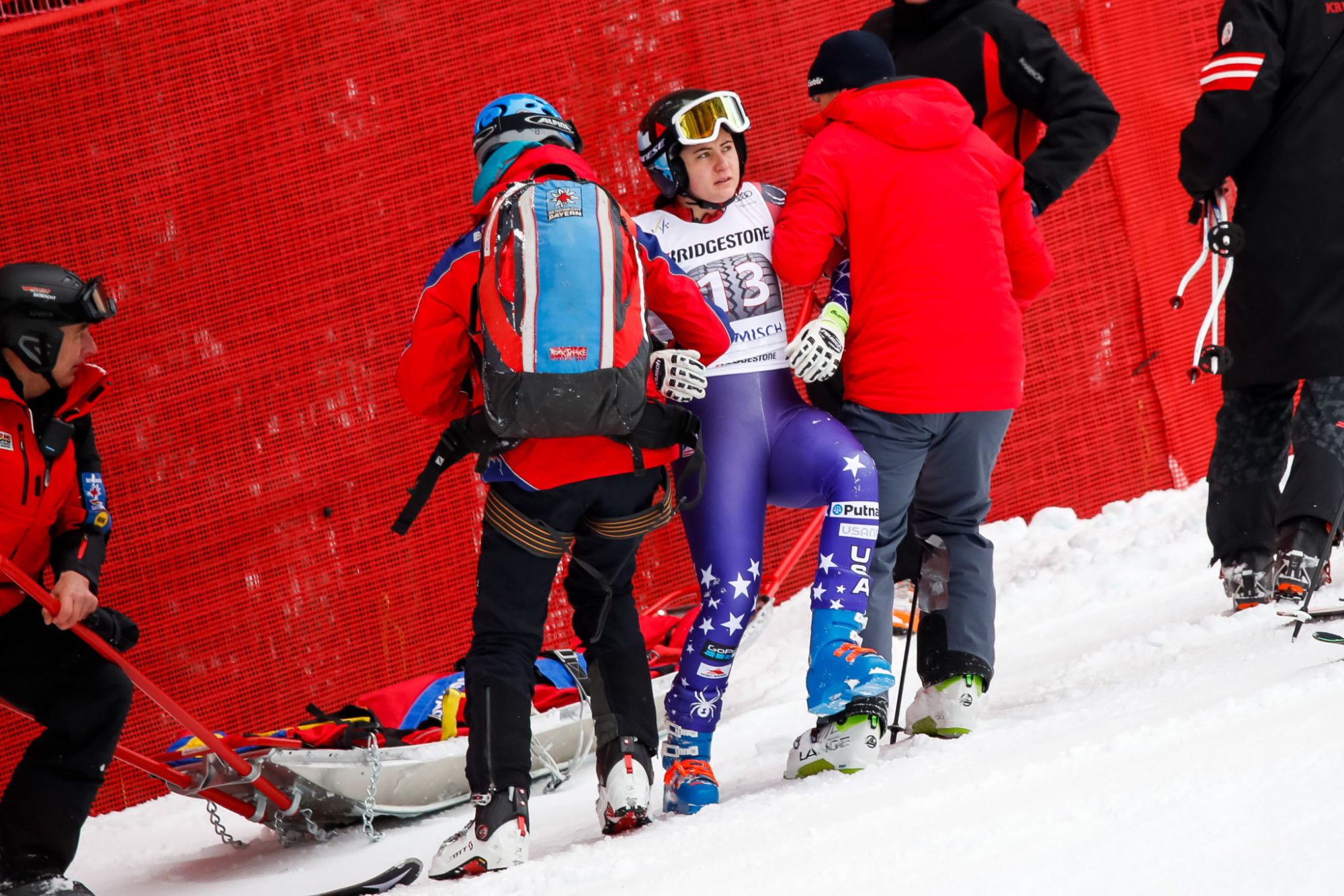
“There’s still fear every time I get on a pair of skis because I know the possibility.”
— Jackie Wiles, on the possibility of crashing
For some skiers, however, injuries ended their Olympics before they started.
Alice Merryweather, part of the U.S. team at the Pyeongchang Olympics, sustained two broken bones in her leg in addition to a torn ACL and several other knee ligaments in September to end her Olympic bid.
Another member of that team, Breezy Johnson, returned from a series of injuries, including a torn ACL and broken leg, to become a gold medal threat in the Beijing downhill. But a knee injury from a crash during training in January knocked her out of the Games.
“Someone asked me yesterday why we do it,” Johnson wrote on Instagram. “And at times like these you wonder. But the truth is that, for me, the feeling of racing is the feeling of being truly alive, and so I will keep coming back every time.”
Wiles responded: “This sport seems so brutal and unfair sometimes.”
A study financed by the International Ski Federation and published in 2021 estimated that a third of all Alpine skiers are injured during each World Cup season. Many of them face more than just minor setbacks.
According to the organization’s Injury Surveillance System, 41% of injuries by World Cup skiers between 2003 and 2019 sidelined them for 28 days or longer.
Karla Schleske knows Mexico has had very few Winter Olympic athletes, but she’s determined to overcome history and age to achieve her goals.
Of 1,083 injuries the system tracked, 447 were to knees, by far the most-damaged body part. Hands also took a beating (105 injuries) as did heads (102 injuries).
“The injuries are significant and life-altering even though there’s a very high rate of return to skiing and ski racing,” said Kevin Stone, an orthopedic surgeon in San Francisco who previously worked with the U.S. Ski team. “There is a long-term effect on their bodies.”
::
Fifteen months after the crash in Germany, Wiles returned to snow.
The native of Portland, Ore., had been skiing since age 2, but worked back through a program of basic drills nicknamed “ski school” to reacclimate to life on skis.
She returned to competition in December 2019, in the downhill in Lake Louise, Canada. She finished 31st, but in many ways that was a victory. She competed.
A couple of months later, before the World Cup downhill back in Garmisch-Partenkirchen, she skied down the course to the site of the crash and stopped. She couldn’t hold back the tears.
“There’s still fear every time I get on a pair of skis because I know the possibility,” Wiles said. “It’s an older, more mature mindset. I’m not willing to risk as much in certain spots. I try to ski a little bit smarter. But I’d be lying if I said I didn’t have that fear.”
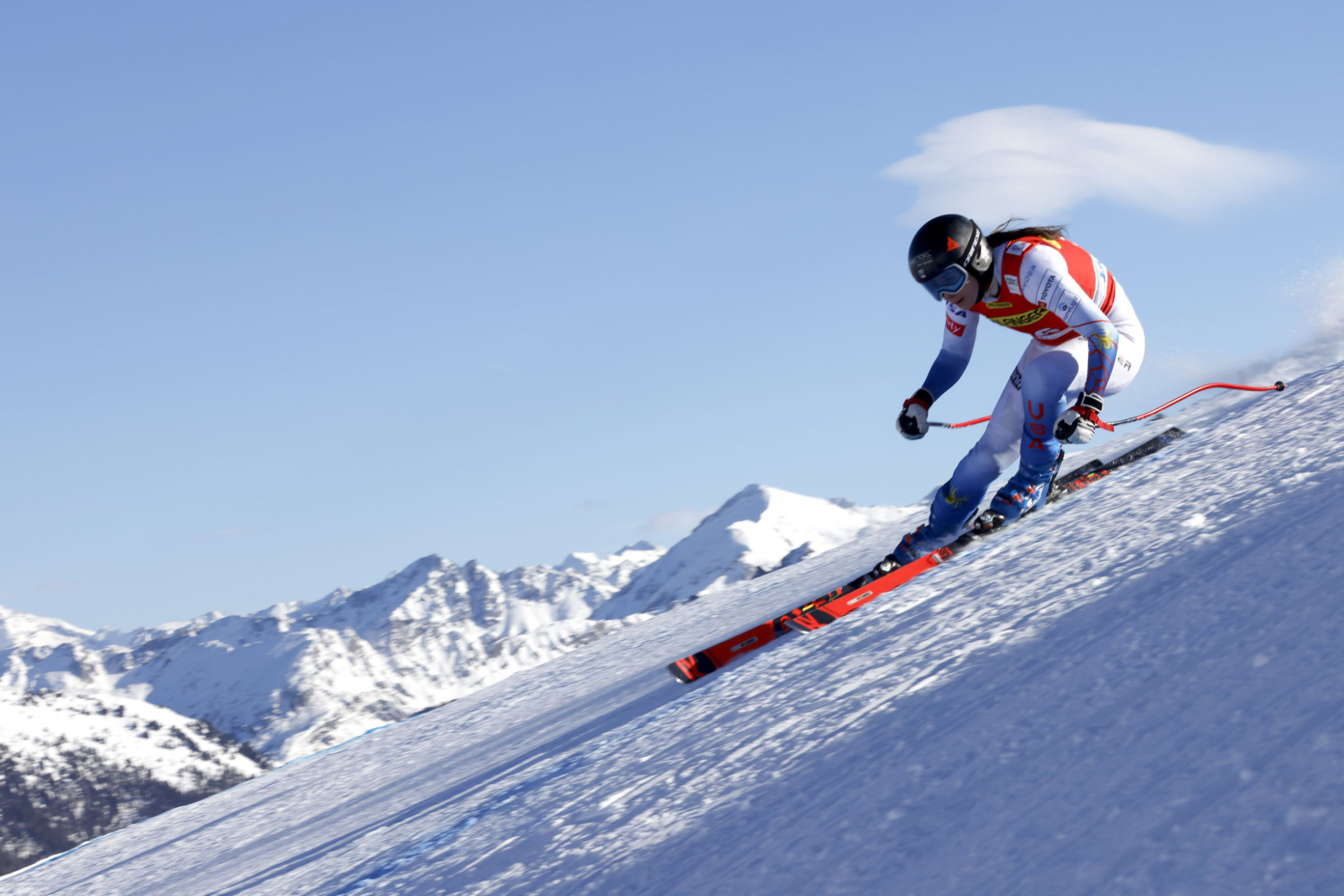
In December 2020, she crashed again during the super-G in Val d’Isere, France. The spill broke her left collarbone. After surgery, she returned for the World Championships almost three months later, but tweaked her left knee and needed another surgery to clean it out.
She entered all-out rehabilitation mode with an eye on the Beijing Olympics, returned to the snow in April 2021, then was diagnosed with a torn patellar tendon in her right knee.
She joked that she got a 2-for-1 deal as doctors removed the rod from her collarbone while addressing the latest injury. Somehow she was smiling in a picture taken after the procedures.
There came another rehabilitation cycle, another fight to sort out whether she could feel like herself on snow again, another struggle to regain confidence in her surgically repaired knees working as they’re intended.
“I tell her every day, ‘OK, this is your moment. This is perfect,’” Harjo said. “You’re coming back. Now just keep trusting and know that through all the other knockdowns and coming back and everything, you’ve learned from that is bringing you to this point right now.’”
Were there really, really tough, dark days in between? “Absolutely,” Harjo said. But, she added, “the beautiful story she has is that she was able to overcome those.”
Now Wiles is in Beijing, ready to compete in the downhill and super-G.
Mammoth’s culture and environment has produced many of the top U.S. snowboarders, and some of them will be competing for gold at the Beijing Olympics.
The knees ache when Wiles wakes up each morning. But the old speed has started to return, particularly in the downhill, with a 14th-place finish in Cortina d’Ampezzo, Italy, in January. She still loves the sport. The travel. The friends. The lessons. The rush. The obstacles. And even the scars.
“It’s really hard at moments, but there’s something so empowering and impactful about being able to overcome tough injuries and fear,” Wiles said. “I feel like I’ll be able to conquer anything after ski racing. It’s been the most incredible classroom I could’ve asked for.”
The biggest scars wind down her left leg on either side of the kneecap. They tell a story of pain but also endurance and hope.
The first time a doctor removed the bandages four years ago, Wiles saw the jagged reminders of the crash and realized the leg would never look the same. The marks were jarring at first. Now she’s learned to love them.
More to Read
Go beyond the scoreboard
Get the latest on L.A.'s teams in the daily Sports Report newsletter.
You may occasionally receive promotional content from the Los Angeles Times.


